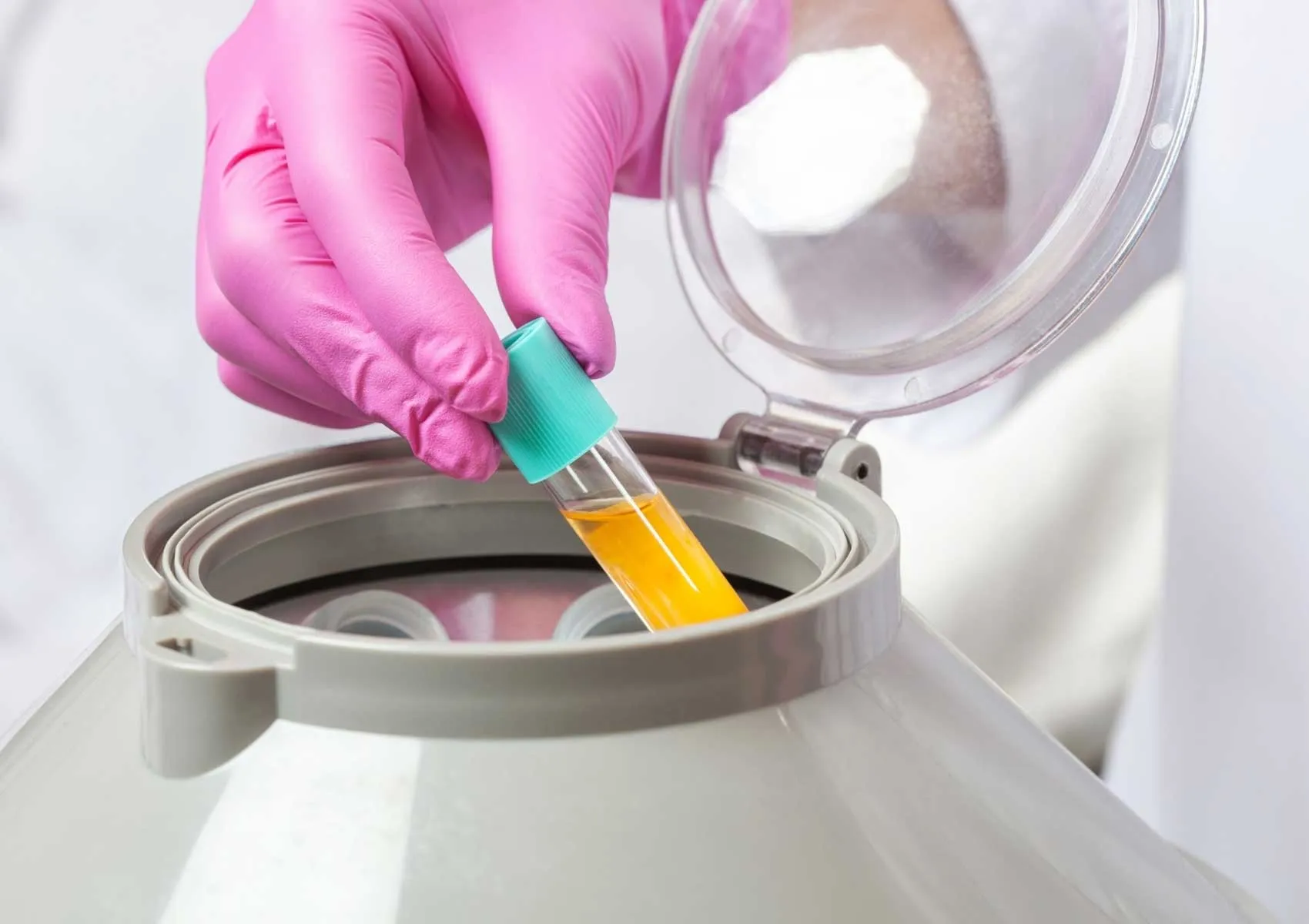Does PRP Injection Hurt? What Is the Process Like?
Can Your Own Blood Really Stimulate Tissue Healing?
PRP (Platelet-Rich Plasma) therapy is a popular regenerative treatment in orthopedics, sports medicine, and physical therapy. It involves injecting a highly concentrated solution of platelets—extracted from the patient’s own blood—into damaged tissues to stimulate natural healing. But for many patients, a key concern remains: Does PRP hurt? What should you expect before, during, and after the procedure?
In this article, we explain the full PRP treatment process, from blood collection to injection, and answer the most common patient question: “Will it be painful?”
What Is PRP Therapy?
PRP is prepared by drawing a small amount of the patient’s blood and processing it through a centrifuge to isolate the platelet-rich portion of the plasma. This portion contains growth factors that help repair injured tissues by stimulating collagen production and cellular regeneration.
PRP is widely used for early-stage knee or hip osteoarthritis, meniscus injuries, tennis elbow, rotator cuff tendinopathy, Achilles tendinitis, muscle tears, and ligament injuries.
Does PRP Injection Hurt?
This is the most frequently asked question—and the answer is reassuring: PRP injections are generally well-tolerated and cause minimal discomfort for most patients.
The level of pain depends on the site of the injection. For example:
- Superficial tendons (e.g., tennis elbow, Achilles): mild soreness during injection
- Intra-articular (joint) injections (e.g., knee or hip): brief, moderate discomfort
- Intramuscular applications: typically minimal pain
To improve comfort, a local anesthetic cream or spray is often applied to the skin beforehand. In some cases, a local anesthetic injection is used prior to the PRP injection, particularly for deeper structures. These precautions make the experience smoother and more tolerable.
In general, PRP is not considered a painful procedure, and most patients return to their normal daily activities immediately afterward.
What Are the Steps of the PRP Procedure?
PRP therapy involves three main steps:
1. Blood Collection:
About 10–30 ml of blood is drawn from the patient's arm. This is no different than a routine blood test.
2. Centrifugation:
The blood is placed into a centrifuge and spun for 5–10 minutes to separate the platelet-rich plasma from other components.
3. Injection:
The PRP solution is injected directly into the target area using a fine needle. The injection typically takes 1–3 minutes. In some cases, ultrasound guidance is used to ensure accurate placement.
The entire process usually takes 15–20 minutes, is performed in an outpatient setting, and does not require anesthesia or hospitalization.
What to Expect After the Injection
Following the injection, it’s common to experience mild pressure, fullness, or soreness in the treated area. This is due to the biological activity triggered by the growth factors. These symptoms typically subside within 24–48 hours.
In some cases, patients may notice mild swelling, warmth, or tenderness—this is part of the body’s natural healing response and usually resolves on its own. Cold compresses and temporary rest may help reduce discomfort.
It’s important to avoid anti-inflammatory medications (such as NSAIDs) for the first few days after the injection, as they can interfere with the effectiveness of the treatment. If necessary, acetaminophen (paracetamol) can be used for pain relief.
How Many PRP Sessions Are Needed?
Most treatment plans require 1 to 3 sessions, spaced 2–4 weeks apart, depending on the condition being treated. In some chronic or recurring cases, annual booster injections may be recommended.
Who Is Not a Candidate for PRP?
While PRP is generally safe, it may not be suitable for everyone. Patients with active infections, bleeding disorders, autoimmune diseases, or those undergoing cancer treatment may not be eligible. Caution is also advised during pregnancy or breastfeeding—always consult your physician.
FAQ
-
Is the injection very painful?
No. Most patients feel only mild discomfort. Numbing options like local anesthetic are available to improve comfort.
-
Can I return to work or daily activities after PRP?
Yes. PRP is a quick outpatient procedure, and most people resume normal activity the same day.
-
Should I apply ice after the injection?
Yes. Cold compresses can reduce post-injection soreness or swelling during the first 24 hours.
-
Can I take painkillers after PRP?
Avoid NSAIDs like ibuprofen. Use acetaminophen if needed, and consult your doctor.
-
Is PRP a permanent solution?
Results vary. Many patients experience long-term relief, and the procedure can be repeated if necessary.

